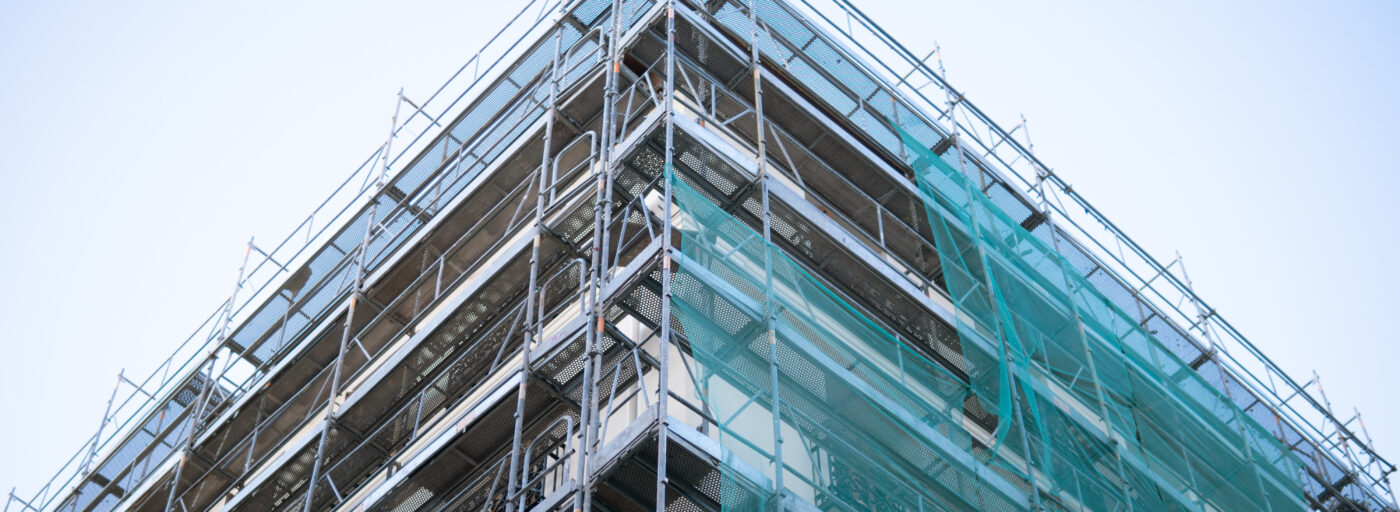The construction industry is undergoing a significant transformation with the implementation of the Building Safety Act, the cornerstone of a new building safety regime in the United Kingdom that was enacted to enhance clarity and standards for constructing, maintaining, and ensuring the safety of buildings. This comprehensive guide aims to shed light on the key aspects of the Act and its implications. While this guide focuses primarily on how the Act applies in England, it’s crucial to note that certain elements of the building safety regime also extend to Scotland, Wales, and Northern Ireland.
Scope and Applicability: The Building Safety Act applies to all buildings, introducing new requirements through secondary legislation and reforming existing laws. Notably, it places additional obligations on Higher-Risk Buildings (HRBs) in Part 4 of the Building Safety Act 2022 under section 65 of the Act and the Higher-Risk Buildings Regulations 2023, which it defines as structures that are at least 18 metres or seven storeys high and that contain at least two residential units.
Transitional arrangements are in place for projects initiated before 1 October 2023, provided that in-scope building work is ‘sufficiently progressed’ by 6 April 2024.
HRB Registration: The Building Safety Regulator requires that all HRBs are registered before occupation. This includes mixed-use HRBs that meet the ‘higher risk’ thresholds. However, if the entire building is used as a hospital, care home, secure residential institution, hotel, or military barracks, it is exempt from the in-occupation part of the regime.
New Responsibilities Defined: The Act introduces new responsibilities for various stakeholders:
- Accountable Persons: Obliged to manage relevant occupied HRBs, including registering them, effectively managing risk, and addressing resident concerns.
- Building Owners, Landlords, and Developers: Responsible for remediating historical safety defects and potentially subject to the Building Safety Levy on new residential projects.
- Dutyholders: Mandated to manage building safety risks during the design and construction phases of all buildings.
New Oversight Bodies: The Building Safety Act introduces three new bodies to provide comprehensive oversight of the building safety regime:
- Building Safety Regulator: Tasked with overseeing the safety and standards of all buildings, playing a pivotal role in enforcing compliance and ensuring a uniform commitment to safety across the industry.
- National Regulator for Construction Products: Designed to enforce a more effective regulatory regime for construction products and to enhance the quality and safety of materials used in construction projects.
- New Homes Ombudsman: Set up to empower owners of newly built homes to raise complaints, fostering a mechanism for addressing concerns and ensuring the quality and safety of newly constructed homes.
Introduction of New Systems: The Building Safety Act brings forth several new systems to enhance accountability and transparency:
- Building Control as a Regulated Profession: Elevates the standards and oversight of building control professionals.
- Competence Requirements: Ensure that individuals and organisations working on projects demonstrate the necessary capabilities.
- Gateways: Coordinate key decision points at various stages of HRBs, including planning permission, commencement of building work, and building occupation. You can learn more about the Gateways in our comprehensive guides here.
- Golden Thread of Information: Ensures the continuous updating of essential building information throughout the lifecycle of an HRB, in a digital record.
- Mandatory and Voluntary Occurrence Reporting: Ensures reporting of fire and structural safety incidents to the Building Safety Regulator, with the aim of mitigating risks to life safety.
Building Safety Act Reforms and Existing Legislation: The Building Safety Act also reforms existing legislation to fortify safety measures across the board. Notable changes include:
- Approved Document B of the Building Regulations: This update focuses on enhancing fire safety in buildings, ensuring a more robust framework for construction projects.
- Architects Act: The amendments empower the Architects Registration Board to monitor and assess the competence of architects throughout their careers, with an emphasis on continuous professional development.
- Building Act – Section 38: This establishes a pathway for compensation claims in cases where damage is caused by a breach of the Building Regulations.
- Building Liability Orders: These extend liability for projects undertaken by a company to any associated companies, broadening accountability within corporate structures.
- Defective Premises Act: The amendments extend the liability period for claims and broaden the scope of the Act to include refurbishment work, reinforcing accountability for the quality and safety of buildings.
- Fire Safety Order: This strengthened version ensures that residents receive pertinent fire safety information, underscoring the commitment to prioritising occupant safety.
Other Activities and Initiatives: Beyond the legislative amendments, several initiatives and programmes complement the Building Safety Act:
- Cladding Remediation Programmes: These provide financial support to remediate or replace unsafe cladding, addressing a critical safety concern in the aftermath of high-profile incidents.
- External Wall System (EWS1) Form: This is a standardised method for confirming that cladding on residential buildings has been assessed by a qualified expert, contributing to transparency and safety in building exteriors.
- PAS 9980: This is a code of practice created by the British Standards Institution (BSI) that has been introduced to guide those undertaking fire risk appraisal and assessments (FRAA) and aims to solve issues faced by leaseholders and building owners. It is applicable only to buildings in England. Learn more about PAS 9980 here.
- London Mayor’s Building Safety Standards: These set a higher bar for safety in new buildings within the London jurisdiction, reflecting a commitment to enhanced safety measures.
Need help understanding how these regulations apply to your upcoming projects? Reach out to our team of experts here or register your interest in our upcoming CPD on this topic and be among the first to know when it is live.

